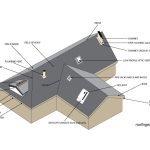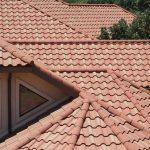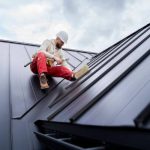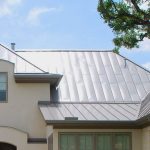As homeowners, maintaining the integrity and aesthetic of our homes is of the utmost importance. However, Mother Nature can be fickle, and extreme weather conditions can wreak havoc on our roofs. In this blog post, we’ll delve into the various ways in which weather can impact your roof, and the preventative measures you can take to safeguard your home from damage.
The Perils of Precipitation
Heavy rain can spell disaster for a roof, resulting in leaks, water infiltration, and even mold growth. Proper drainage and regular maintenance are key in preventing damage caused by heavy rain. Keep your gutters and downspouts free from debris, and make sure they are properly functioning to prevent water from pooling on your roof. Regular inspections can also help identify potential problem areas before they become major issues.
 The Dangers of Snow and Ice
The Dangers of Snow and Ice
Snow and ice can cause a plethora of problems for your roof, such as ice dams and structural damage. Adequate insulation, ventilation, and timely snow removal are crucial in preventing damage caused by snow and ice. Keep your attic insulated to prevent heat loss, which can cause snow and ice to melt and refreeze, creating ice dams. Adequate ventilation can also help keep your attic at a stable temperature. It’s important to keep an eye on the amount of snow on your roof and remove it when necessary to prevent structural damage.
The Threat of High Winds
High winds can be a formidable force, causing damage to your roof in the form of missing or damaged shingles and structural damage. Choosing the right roofing material, secure fastening, and regular maintenance can help prevent damage caused by high winds. Opt for roofing materials that are rated for high winds, such as metal or clay tile, and make sure it is properly installed and fastened. Regular inspections can also help identify potential issues before they become major problems.
Weatherproofing Your Roof
Proactive measures can go a long way in preventing damage to your roof caused by different weather conditions. Regular maintenance, proper drainage, insulation, ventilation, and snow removal are all crucial steps in safeguarding your roof.
Conclusion
The impact of weather on your roof can be substantial, but taking preventative measures can help prevent damage and prolong the lifespan of your roof. Regular maintenance, proper drainage, insulation, ventilation, and snow removal are all key steps in weatherproofing your roof. As homeowners, it is essential to take proactive measures to protect your roof and prevent damage caused by weather.

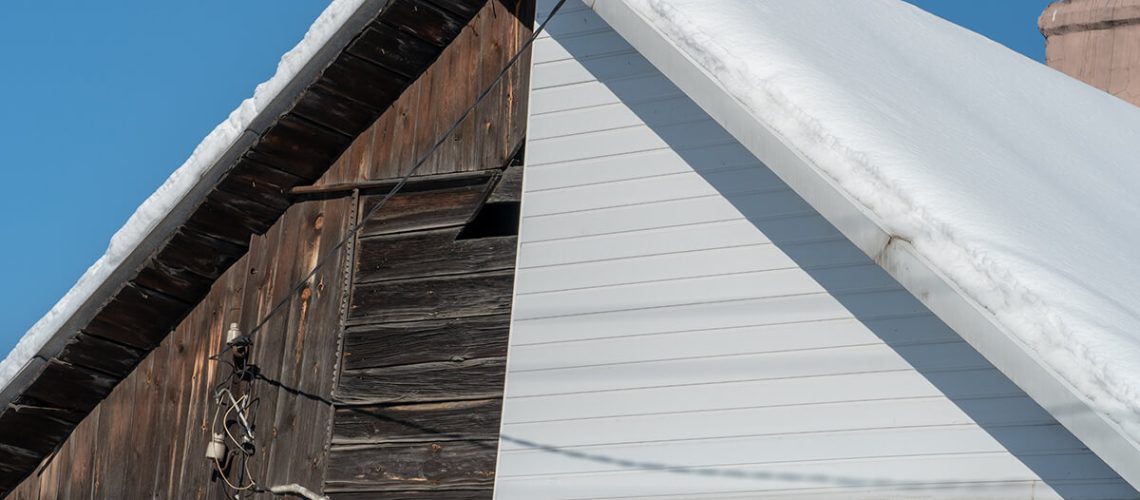
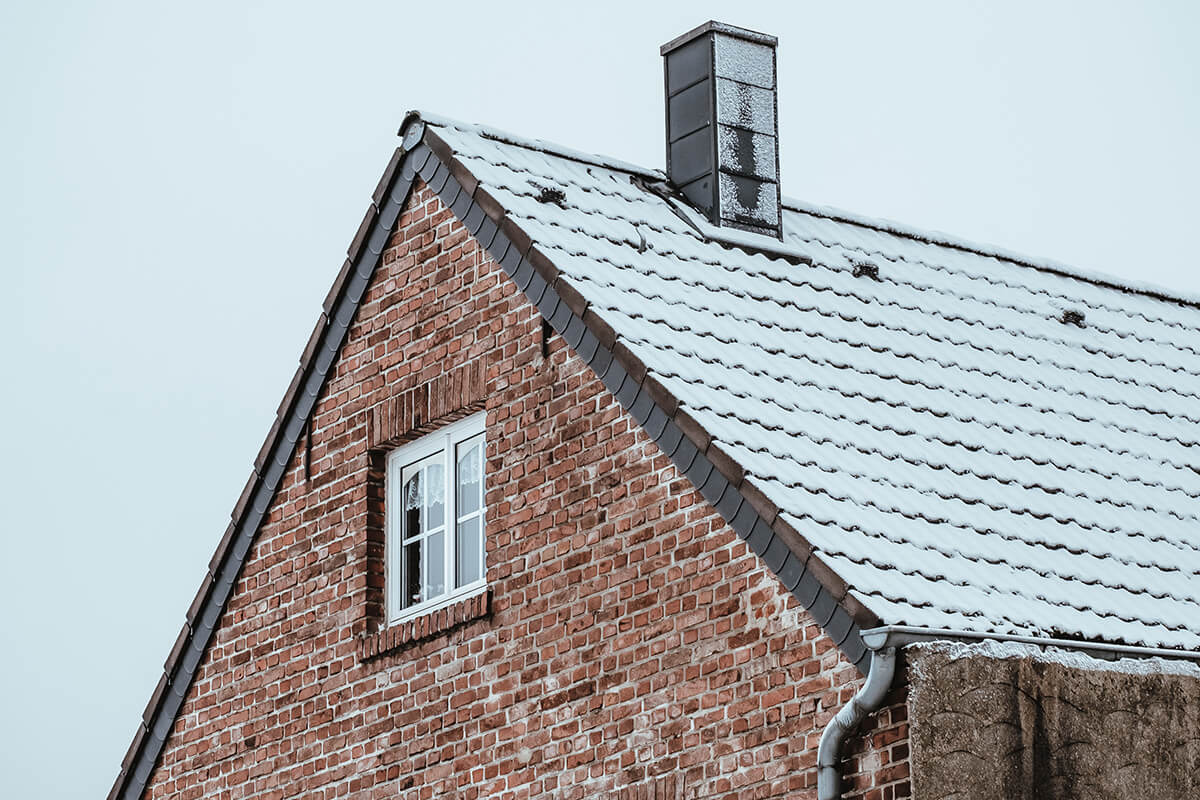 The Dangers of Snow and Ice
The Dangers of Snow and Ice

